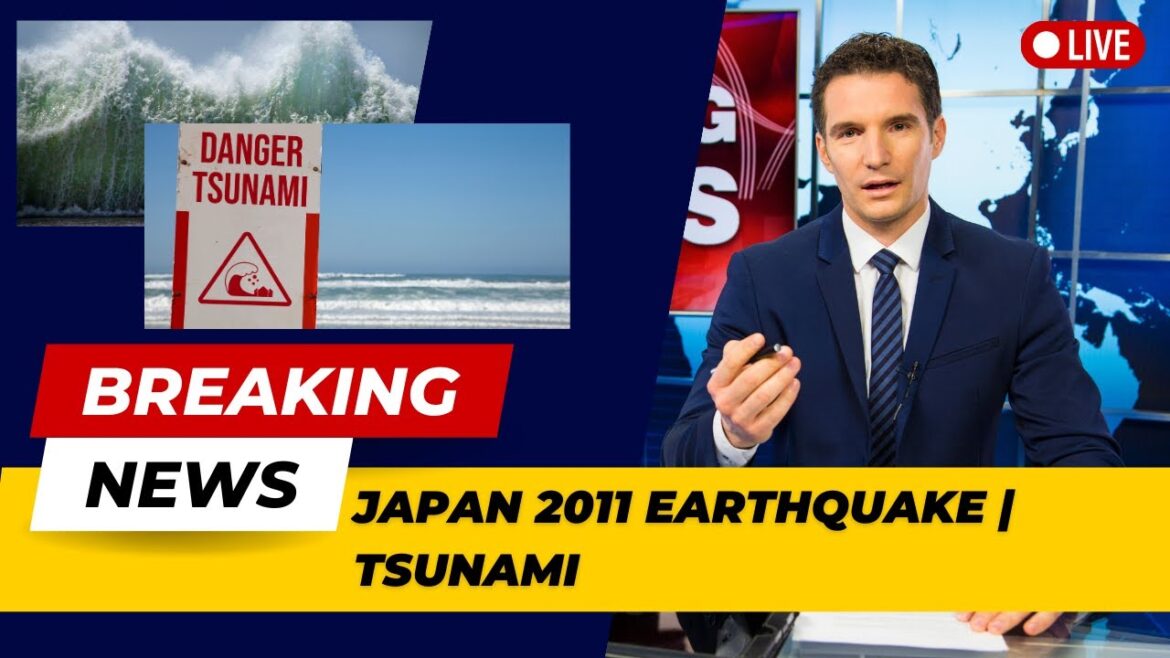On March 11, 2011, a devastating earthquake, measuring between 9.0 and 9.1 on the Richter scale, struck the Pacific Ocean near the Oshika Peninsula of the Tōhoku region in Japan. The earthquake, known as the “Great East Japan Earthquake,” was one of the most powerful ever recorded in Japan and the fourth most powerful in the world. Lasting for approximately six minutes, it unleashed a destructive tsunami that reached heights of up to 40.5 meters (133 ft) in some areas.The impact of the earthquake and tsunami was catastrophic. The Sendai area, for instance, had only a few minutes of warning, resulting in the loss of many lives and the destruction of numerous evacuation sites. The freezing temperature and heavy snowfall further complicated rescue efforts. The official figures from 2021 reported thousands of deaths, injuries, and missing persons, leaving a lasting impact on the affected communities.In addition to the immediate devastation, the earthquake triggered the Fukushima Daiichi nuclear disaster. The meltdowns of three reactors and the release of radioactive water caused widespread evacuations and long-term consequences for the affected regions.The economic impact of the disaster was also immense. The estimated insured losses were in the billions of dollars, and the World Bank declared it the costliest natural disaster in history, with an estimated economic cost of $235 billion. Japan experienced a significant decline in GDP growth in the year following the disaster. The Great East Japan Earthquake serves as a stark reminder of the power of nature and the resilience of communities in the face of adversity. It stands as a testament to the ongoing efforts to rebuild and recover from such a devastating event.

